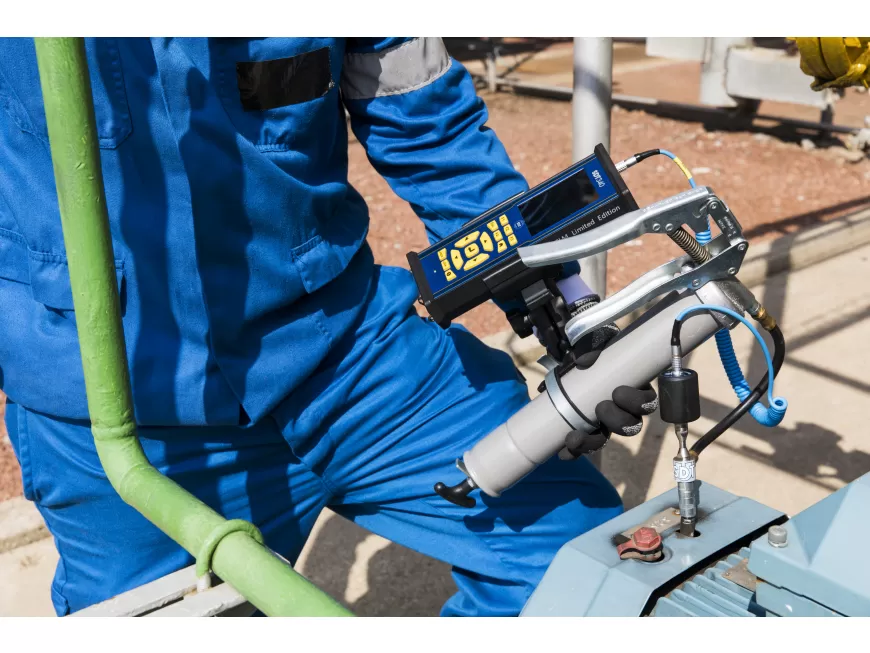



Why you need Ultrasound to Correctly Lubricate Bearings
Ultrasound is the best condition monitoring technology for detecting friction, impacting and turbulence. The main purpose of lubrication is to reduce undesired friction and metal-on-metal contact. Ultrasound can detect increased levels of friction as a result of too much, or too little grease.
How to Determine when a Bearing Requires Grease
Taking measurements with your ultrasound device is the best, and easiest way to determine when your bearings require grease. Observing changes in dB’s is the first telltale sign that your bearing requires some maintenance So, the first step is to establish a baseline.
How to Grease Bearings Right, Never Under or Over Lubricate again
The only way to know when a bearing is in need of lubrication is monitoring its condition with an ultrasound device. Over time, bearing grease degrades and friction levels increase which is detectable with ultrasound. For this reason, and in order to prolong its life and prevent failure, the bearing needs grease replenishment.
An Ultrasound Device allows users to carefully monitor a bearing during a lubrication task. Both audio and visual representations of the bearings decibel level are displayed to provide greasing guidance. As grease is added to the bearing the decibel levels will decrease. Once dB levels begin to climb slightly, you know you have reached the optimal level of grease.
Ultrasound inspection for bearing lubrication is a technique used to assess the condition and effectiveness of lubrication in bearings. It involves the use of specialized ultrasound equipment to detect and analyze ultrasound signals generated by bearings. Here is a breakdown of how ultrasound inspection for bearing lubrication works:
Equipment Setup
Ultrasound Device
Sensor Placement
Bearing Operation
Bearing Activation
Ultrasound Signal Capture
Sensor Placement
Signal Recording
Data Analysis
Sound Wave Interpretation
Lubrication Assessment
Lubrication Evaluation
Recommendations
Ultrasound inspection for bearing lubrication provides valuable insights into the condition and effectiveness of bearing lubrication. By capturing and analyzing ultrasound signals emitted by bearings, this inspection technique helps identify lubrication issues, optimize maintenance practices, and enhance the performance and lifespan of bearings.



